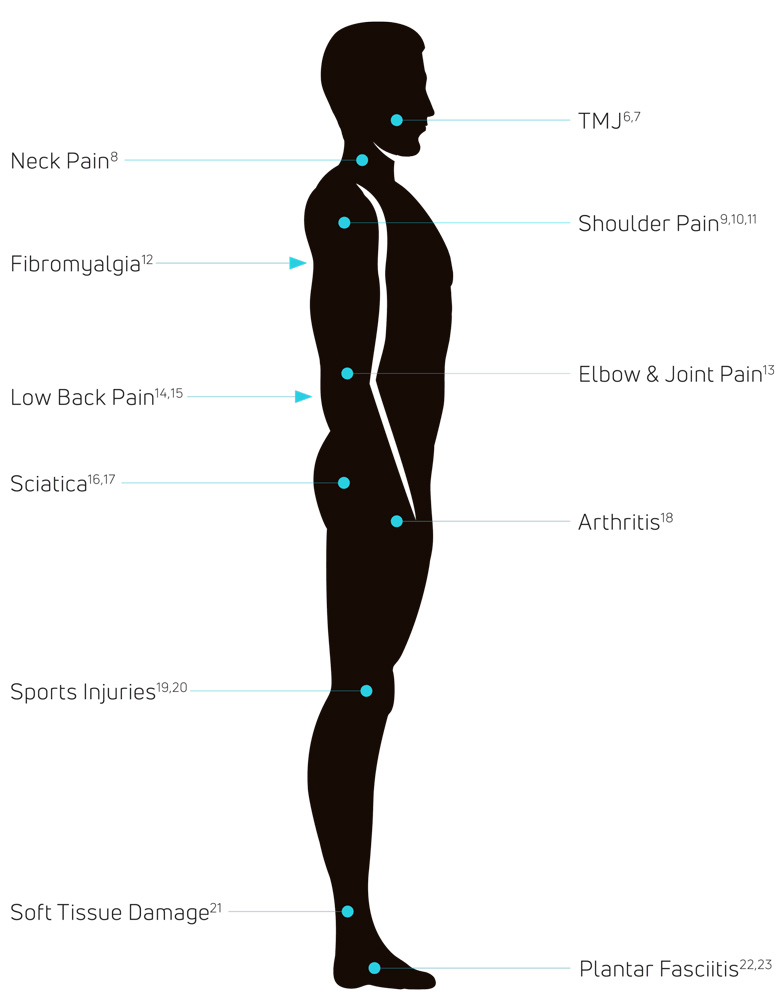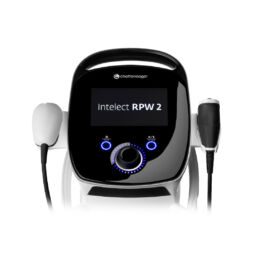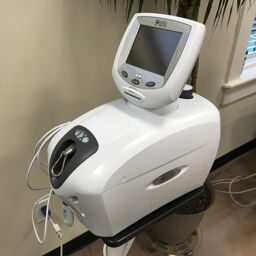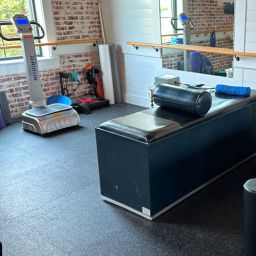UNDERSTANDING LIGHTFORCE LASER THERAPY
PBM laser therapy stands for Photobiomodulation laser therapy, which is also known as low-level laser therapy (LLLT) or cold laser therapy. It is a non-invasive medical treatment that uses low-level lasers or light-emitting diodes (LEDs) to stimulate cellular processes and promote tissue healing and pain relief. Here's how PBM laser therapy works:
Light Application: A low-level laser or LED device is applied directly to the skin over the area of the body being treated. The device emits specific wavelengths of light, typically in the red or near-infrared range. These wavelengths penetrate the skin and are absorbed by the cells.
Cellular Effects: The absorbed light energy is believed to have several effects on cells. It can stimulate the production of adenosine triphosphate (ATP), which is a molecule that provides energy to cells. It can also enhance cellular metabolism and increase the production of certain growth factors.
Tissue Healing: PBM laser therapy is used to promote tissue healing and reduce inflammation. It is often used in the treatment of musculoskeletal conditions, such as sports injuries, arthritis, and chronic pain. It can help accelerate the healing of wounds, reduce pain and swelling, and improve range of motion.
Pain Relief: PBM laser therapy can have analgesic (pain-relieving) effects. It is often used to manage pain associated with conditions like osteoarthritis, fibromyalgia, and neuropathy.
Non-Thermal and Non-Invasive: One of the key advantages of PBM laser therapy is that it is non-thermal, meaning it doesn't produce heat and is considered safe and painless. It's also non-invasive, as it doesn't require incisions or injections.
Multiple Sessions: PBM laser therapy is typically administered in a series of sessions over several weeks. The specific treatment plan may vary depending on the condition being treated and the individual's response to the therapy.
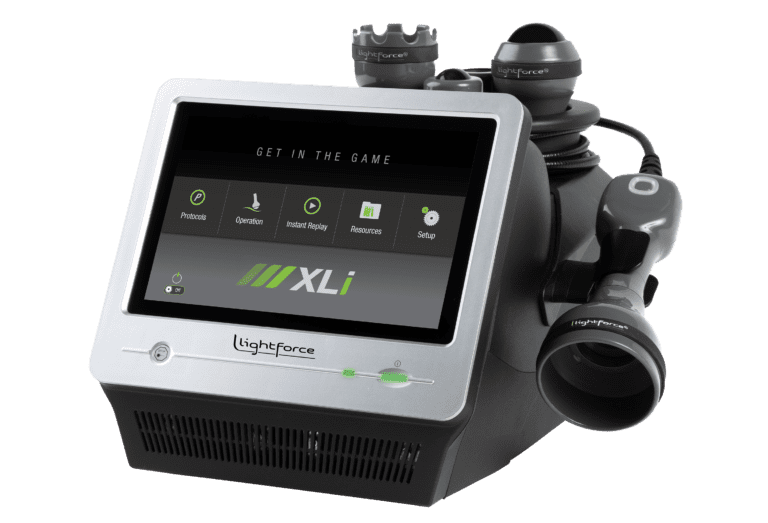
Follow the video transcription
Here we got a class IV laser this helps with healing
We use this on extremities we'll use this around the spine. Really good for healing, really good for getting rid of inflammation, really good of stimulating healing. So the way that so the way that we dial this up is we tell the software how big the surface area is that we're treating...tell it how much power we wanted to use...so this is a 40 watt laser so we're going to use 40 on that on this one. We tell it how how thick the tissue is. So in this region we're about intermediate, so I'm gonna use a intermediate number for this all right. So it spits out a protocol two minutes here. This knows the area we're treating, how deep we're going, how big the surface area is. Now the patient is going to feel warmth. While we do this we're just going to move this over the skin and she will feel a warming sensation in that area. This is one of the best ways to promote healing at the cellular level (inaudible)
So we'll keep this head moving. This whole area that I'm moving this around is being treated. There's different attachments we can use for different parts of the body. So for this one...this is an off contact piece there's a rollerball attachment where we can touch the skin different areas. There's smaller attachments where you can use on the knee and the wrist the shoulder. Still feeling okay? And all she's feeling is warmth here...it's a nice warming sensation. This technique is really really good for any chronic issues any acute issues. Think ankle sprains, rotator cuff tears, knee issues, and we can also use it around the spine, as well to promote healing and speed up what we're doing. So this protocol that I did in this region only takes about two minutes done
LEARN MORE ABOUT THE LIGHTFORCE XLi THERAPY LASER
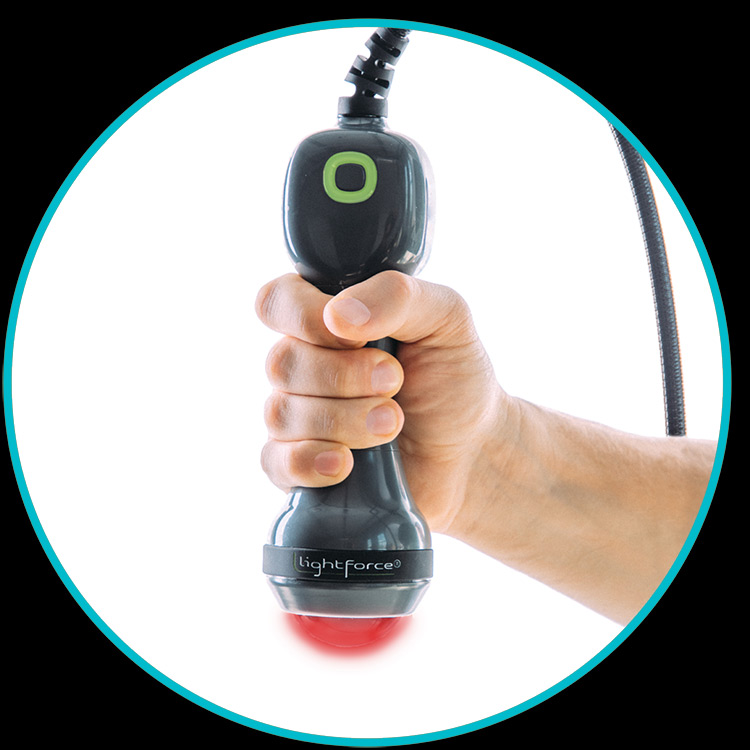
GOOD FOR TREATING THE FOLLOWING AREAS
- TMJ6,7
- Neck Pain8
- Shoulder Pain9,10,11
- Elbow & Joint Pain12
- Fibromyalgia13
- Low Back Pain14,15
- Sciatica16,17
- Arthritis18
- Sports Injuries19,20
- Soft Tissue Damage21
- Plantar Fasciitis22,23
